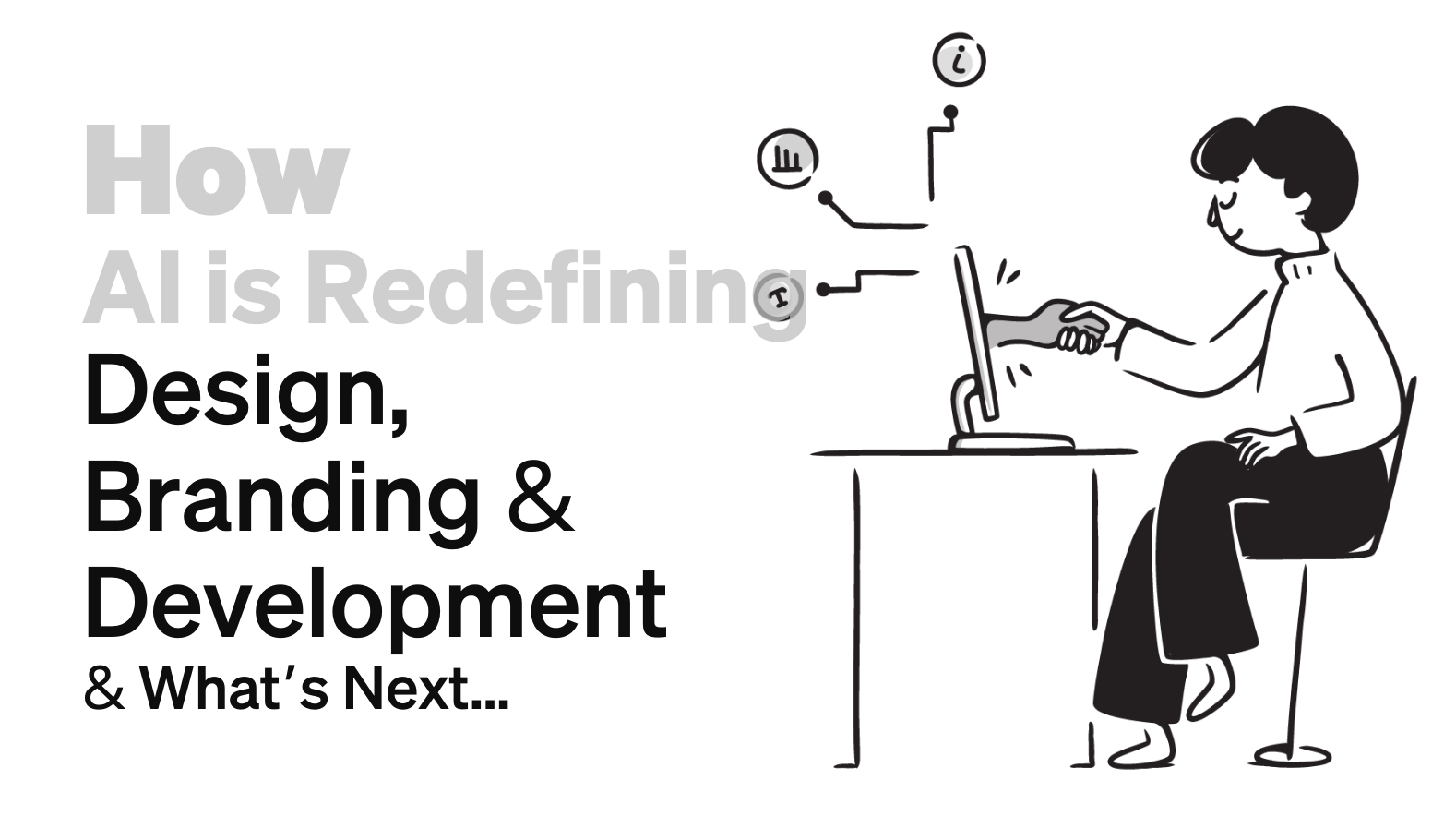Design Psychology
How AI is Redefining Design, Branding & Development & What’s Next

By July 2025, it’s evident that artificial intelligence isn’t a future disruptor, it’s a present partner. From UX flows and brand storytelling to full-stack development, AI has quietly embedded itself into workflows across industries.
At Leo9, our work in digital transformation, spanning over 40 case studies, has offered us front-row insights into this shift. As we look toward the second half of 2025 and into 2026, here’s what we’ve seen, tested, and expect next.
1. AI in Design – UX/UI:
From Plugin to Partner
In user experience design, AI is now less about automating tasks and more about amplifying intent.
Figma plugins like Autoflow and Magician are being used to generate intelligent layouts based on user context. Attention prediction tools such as Attention Insight provide pre-launch feedback based on user heatmap simulation, enabling early-stage validation that used to take weeks.
At Leo9, we’ve explored how prompt-led layout generation and AI-assisted wireframes can reduce early sprint times by nearly 40% while improving overall experience logic. Check out our blog on How AI Is Redefining UX Workflows.

As we move towards 2026, we expect generative UX systems to personalize flows in real-time, designing not just for users, but with users.
2. AI in Branding:
Story Meets Strategy
Branding today isn’t just visual, it’s strategic, linguistic, and increasingly data-driven. AI is accelerating this evolution by helping teams explore multiple tone directions, sentiment analysis, and even name and voice generation.
Tools like Copy.ai and Namify are empowering branding teams to rapidly ideate on messaging, positioning, and emotional resonance. Combined with internal AI tools, teams can simulate brand behavior across platforms before launch.
In Leo9’s internal experiments, we’ve used AI to draft, test, and refine over 20 brand narrative directions within a matter of days, work that traditionally took weeks of back-and-forth. These insights were recently shared in a post on AI and Strategic Brand Thinking.

Looking ahead, we believe that AI-powered brand frameworks will soon become a default layer in every rebranding process, not just an enhancement.
3. AI in Development:
Curators Over Coders
The development landscape has undergone perhaps the most radical transformation. AI-assisted environments like GitHub Copilot, Replit AI, and integrated AI within CMS platforms are making developers rethink their roles, from code writers to architecture curators.
Our internal development teams at Leo9 have implemented AI prompts to auto-generate component libraries, page templates, and dynamic content models. This allows more time for strategic thinking, like performance optimization and user-centric back-end logic (explore our insights on AI in CMS and Modular Development).

By early 2026, we expect CMS tools to evolve into intent-aware platforms: systems that proactively recommend structure, metadata, and distribution strategies in real time.
4. Human + AI Workflows:
Clarity Over Volume
The conversation around AI often defaults to speed but the real shift is in clarity. By offloading repetitive tasks, teams now get more time for meaningful creative and strategic decisions.
Here’s how we’re seeing the divide at Leo9:
| Human Role | AI Role |
|---|---|
| Strategy | Iteration |
| Empathy | Pattern Recognition |
| Brand Storytelling | Messaging Expansion |
| Design Feedback | Predictive Adjustments |

This collaborative model has helped us reduce unnecessary revisions, align faster with stakeholders, and build workflows that are scalable without compromising creativity (detailed in our LinkedIn post on AI x Creative Workflows).
5. What’s Coming Before 2026
With GenAI systems improving across models, here are five predictions we’re betting on:
AI-generated brand guidelines
Will become the new base layer for all identity systems.
UX journeys will be predictive,
Adapting in real time based on behavioral signals.
No-code tools will include dev-level logic
Via conversational prompts.
CMS platforms will become creative assistants,
Not just content managers.
Agencies will split into thinkers and tool-masters,
Those who craft clarity vs. those who scale systems.

At Leo9, we’re investing in both: creative clarity with AI-powered infrastructure.
Conclusion for AI in design: Build with Soul. Scale with Intelligence.
2025 isn’t just the year AI entered your workflow, it’s the year we started thinking with it, not just about it. For agencies, startups, and enterprises alike, the edge lies not in automation but in alignment.
As we approach 2026, we believe the most successful digital brands will be those who design faster, yes, but also design smarter.
Looking to explore how AI can plug into your next brand, product, or experience?





